Sitting for long periods of time, such as when driving a car, can contribute to musculoskeletal pain and discomfort, particularly in the low back, hips, and knees. Proper positioning of the car seat can help reduce the incidence of these types of pains and promote a more comfortable and safe driving experience.
One important factor to consider when positioning the car seat is the angle of the seatback. The seatback should be tilted at a 100 to 110 degree angle, which allows the back to be supported while also maintaining a natural curvature. A seat back that is too upright can cause strain on the low back, while a seat back that is too reclined can put pressure on the knees and ankles.
The height of the seat is also important. The seat should be adjusted so that the hips are level with or slightly higher than the knees when the feet are flat on the ground. This position helps to promote proper alignment and reduce strain on the low back and hips.
The distance from the seat to the pedals and steering wheel is another factor to consider. The pedals should be within easy reach, and the steering wheel should be positioned so that the arms are bent at a comfortable angle when holding it. A seat that is too close to the pedals can cause strain on the knees, while a seat that is too far away can cause discomfort in the shoulders and neck.
In addition to adjusting the seat itself, it is important to take breaks and stretch during long drives to help alleviate any built-up tension in the body. Simple stretches such as neck rolls, shoulder rolls, and leg stretches can help to reduce muscle stiffness and discomfort.
Overall, proper positioning of the car seat can help to reduce the incidence of low back, hip, and knee pain and improve driving comfort. It is important to take the time to adjust the seat properly and make any necessary adjustments during long drives to ensure optimal positioning.



